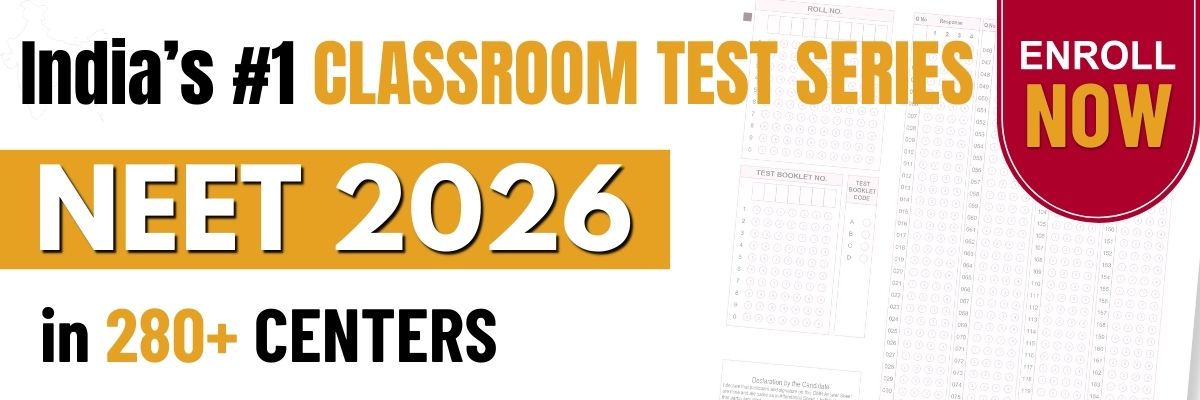Match the quantum numbers with the information provided by them:
| Quantum number | Information provided | ||
| A. | Principal quantum number | 1. | Orientation of the orbital |
| B. | Azimuthal quantum number | 2. | Energy and size of orbital |
| C. | Magnetic quantum number | 3. | Spin of electron |
| D. | Spin quantum number | 4. | Shape of the orbital |
| A | B | C | D | |
| 1. | 2 | 4 | 1 | 3 |
| 2. | 1 | 2 | 3 | 4 |
| 3. | 1 | 4 | 3 | 2 |
| 4. | 4 | 1 | 3 | 2 |
The incorrect set of quantum numbers among the following is:
1. n= 4, l= 0, m= 0, s= -1/2
2. n= 5, l= 3, m= 0, s= +1/2
3. n= 3, l= 2, m= -3, s= -1/2
4. n= 3, l= 2, m= 2, s= -1/2
Consider the following sets of quantum numbers:
n l m s
(i) 3 0 0 +1/2
(ii) 2 2 1 +1/2
(iii) 4 3 -2 -1/2
(iv) 1 0 -1 -1/2
(v) 3 2 3 +1/2
Which of the following sets of quantum numbers is not possible?
1. ii, iii and iv
2. i, ii, iii and iv
3. ii, iv and v
4. i and iii
Which of the following sets of quantum numbers is possible :
1. n = 0, l = 0, ml = 0, ms = + ½
2. n = 1, l = 0, ml = 0, ms = – ½
3. n = 1, l = 1, ml = 0, ms = + ½
4. n = 3, l = 3, ml = –3, ms = + ½
The correct set of four quantum numbers for the valence electron of a rubidium atom (Z =37) is:
| 1. | \(5,1,1,+ {1 \over2}\) | 2. | \(6,0,0,+ {1 \over2}\) |
| 3. | \(5,0,0,+ {1 \over2}\) | 4. | \(5,1,0,+ {1 \over2}\) |
The quantum number not obtained from Schrodinger’s wave equation is:
| 1. | \(n\) | 2. | \(l\) |
| 3. | \(m\) | 4. | \(s\) |
The total number of electrons in an atom with the following quantum numbers would be
(a) n = 4, ms = – ½
(b) n = 3, l = 0
1. 16, 2
2. 11, 8
3. 16, 8
4. 12, 7
The angular momentum of electrons in d orbital is equal to:
1.
2.
3.
4. 0
The development of the wave mechanical model of the atom is based on which of the following concepts?
1. De-Broglie concept of the dual nature of the electron.
2. Heisenberg uncertainty principle.
3. Schrodinger's principle
4. All of the above
The excited state of an H atom emits a photon of wavelength and returns to the ground state. The principal quantum number of the excited state is given by:
1.
2.
3.
4.






